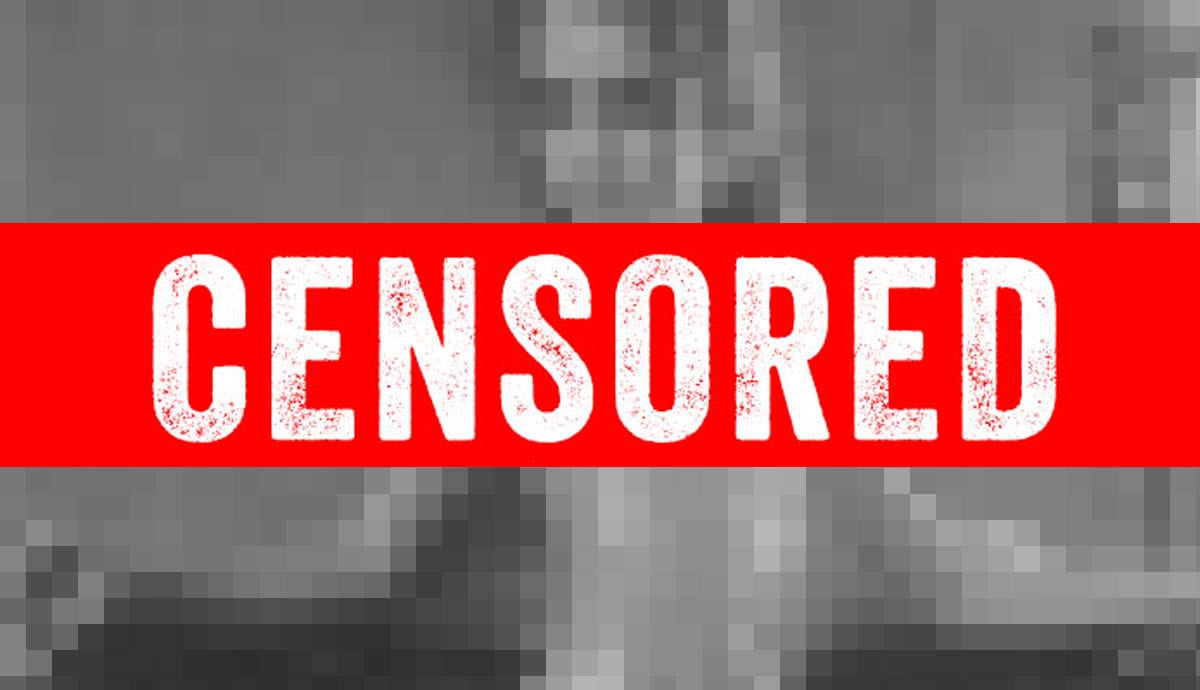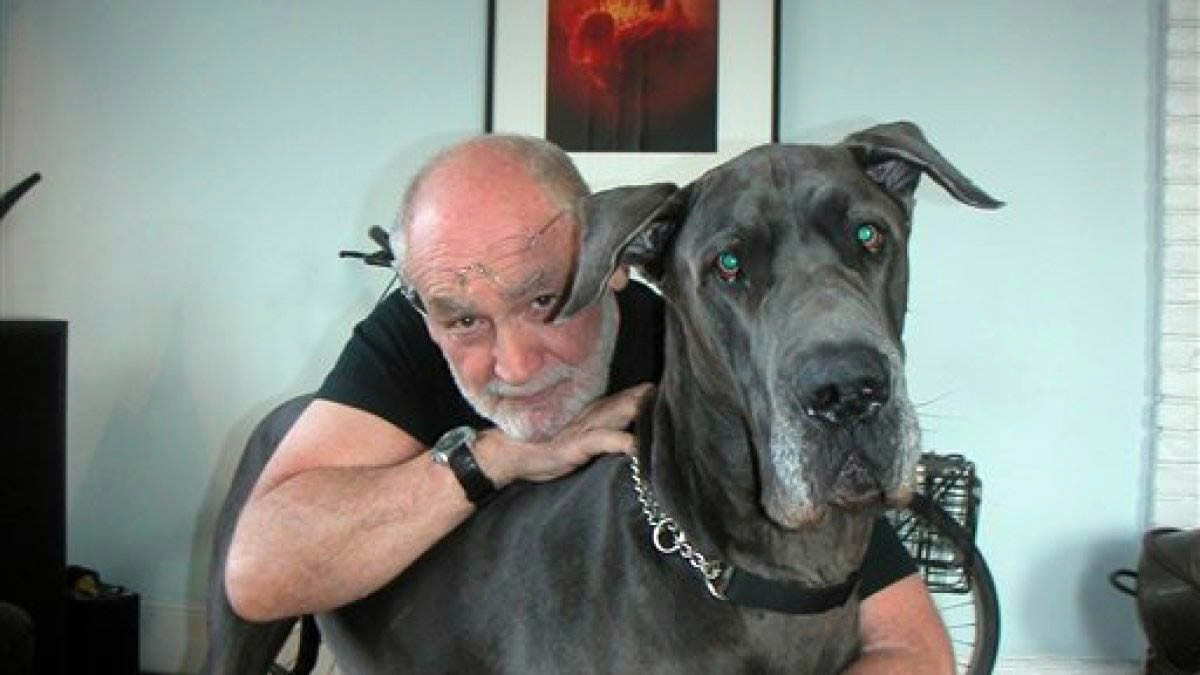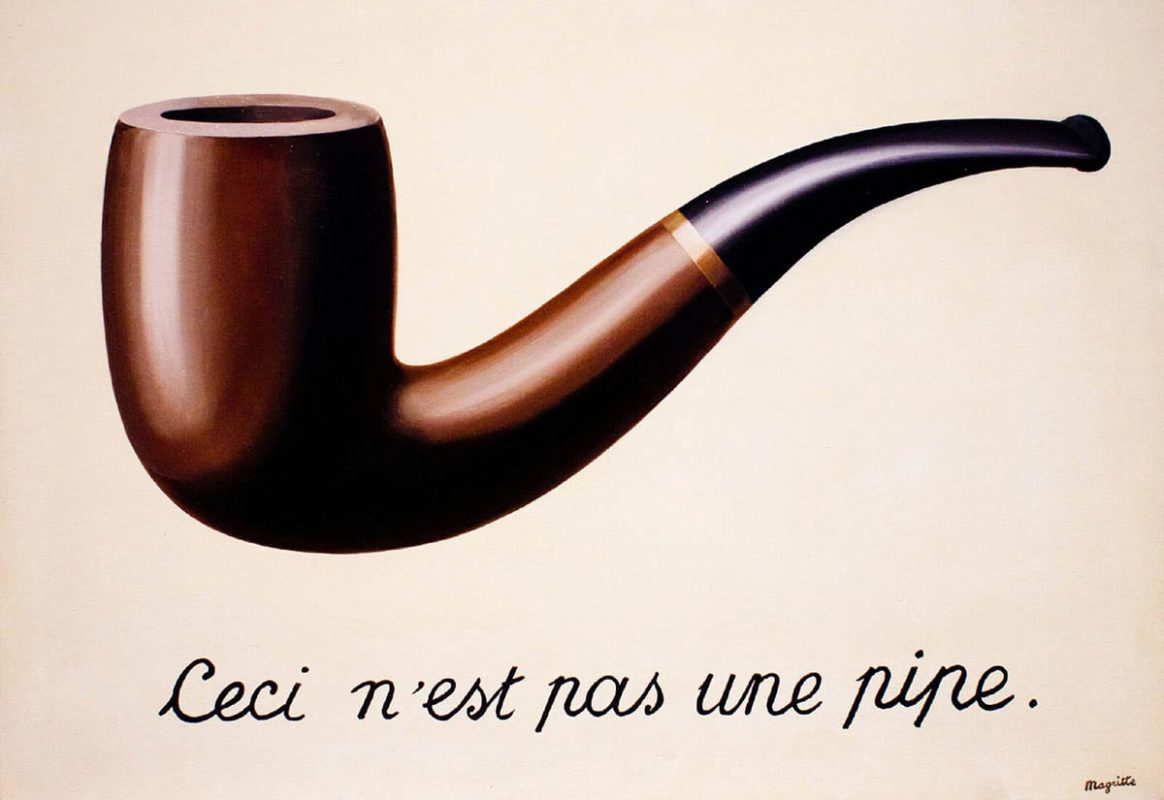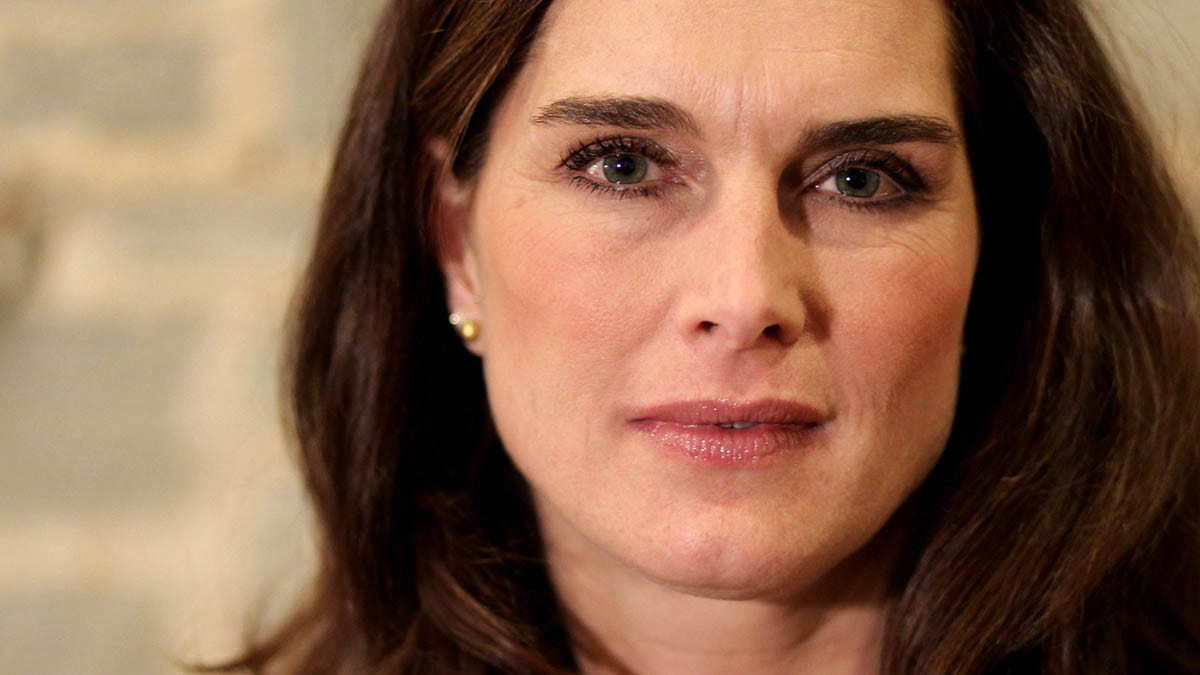
What is allowable in the realm of fine art photography? The tantalizing genre of erotic art has existed since antiquity, but over the increasingly liberal recent decades, artists have grown ever bolder and more explicit in their portrayal of sexuality. Is there a line, and where should it be drawn, between one’s personal, intimate experiences and the art one displays to the world?
This article looks at one particular case in which a piece of so-called ‘Fine Art Photography’ crossed clear moral boundaries to challenge the very definition of art. The young Brooke Shields photograph and its reception open up even more questions about ethics, censorship, and artistic representation. Read on to discover the story and to make up your own mind about this controversial photograph.
The Story Behind The Brooke Shields Photograph

Brooke Shields has never known a life without fame, having started her modeling career before her first birthday. Throughout her early years, she appeared in countless commercials and editorials, and at the age of 12, she starred in her first film. But this was not a kid’s movie or a family adventure film: Pretty Baby told the story of a child prostitute who entrances and seduces a man old enough to be her father. Shields appears partially naked at various points in the movie, which was one of the reasons that its release caused a huge outbreak of controversy. It was not the first time, however, that Shields’ beauty and youth had been exploited.

In 1975, the ten-year-old Shields was photographed naked for a magazine called Sugar ‘n’ Spice, published by the Playboy Press. The photographer behind the shots was Garry Gross, who worked in fashion during the early decades of his career before making the surprising shift into dog portraiture. The full-frontal images show the pre-pubescent Shields standing in a bathtub, drenched in oil and wearing makeup. This is surely enough information to convey the disturbing nature of the photographs, which are censored due to their explicit content but can be viewed here.

Get the latest articles delivered to your inbox
Sign up to our Free Weekly Newsletter
The story took another alarming turn in 1983, with the entrance of controversial American artist Richard Prince. One of the methods that has won Prince’s success and enmity in equal measure throughout his career has been ‘rephotography’, a form of ‘appropriation art’. It involves Prince photographing the photography of earlier and contemporary artists, and then releasing it under his own name, often with little or no modification. Thus for the second time, Shields became the victim of an unscrupulous photographer, as Prince used Gross’ nude shots of her for his most infamous project.
His work is entitled Spiritual America in reference to a Modernist photograph by Alfred Stieglitz showing a castrated horse. The title alone, which hints at the idea of restrained sexuality and unwilling impotence, is sufficient to show that Prince used the image to draw attention to the sexuality of the pre-pubescent Shields. While questions about innocence and obscenity have been always been asked through the medium of art, it is patently wrong to involve and expose a child in doing so.

As much to blame as Gross and Prince was Teri Shields, the late mother of Brooke who appears to have decided that her daughter was set for stardom from the very moment she was born. On behalf of the young Brooke, Teri signed a release with Garry Gross giving him ‘unlimited rights to use or publish the photographs’ for $450. Even taking into account inflation (which puts the sum at a little over $2,000 today) it seems incredible that any mother would accept this money in exchange for naked images of her child – especially a mother who lived in a townhouse in New York’s affluent Upper East Side! What could have motivated Teri Shields to sell her daughter’s privacy like this?

In addition to the controversy caused by Pretty Baby and the Sugar ‘n Spice shoot, Teri also came up against vehement criticism for the way she promoted her adolescent daughter’s career as a sex symbol. At only 15, Brooke featured in a series of commercials for Calvin Klein jeans, in one of which she faux-innocently asks, ‘You want to know what comes between me and my Calvins? Nothing’. This provocative line, issuing from the mouth of a minor, caused outrage and the ad was banned by a number of broadcasters. Brooke Shields had once again featured in a piece that sat at the hazy convergence of art, commerce, and sex.

Gross’ original photographs were exploitative, but perhaps understandable from someone who had spent so long in the hyper-sexualized world of fashion photography. Prince’s choice of the image as the subject for his ‘rephotography’ was unethical but again is somewhat coherent with the rest of his oeuvre. At a stretch, one might even be able to imagine that Teri Shields acted in what she believed to be her daughter’s best interests. What cannot be understood or justified, however, was the decision made by London’s Tate Modern to display the shot in a public exhibition.
Pop Life: Art in a Material World was supposed to feature the nude photograph as an example of ‘public persona as a product’, but after the British police began investigating whether it breached child pornography laws, the gallery pre-empted any legal action by removing the piece. It was replaced with another work by Richard Prince, this time an original photograph rather than an appropriation. Spiritual America IV, taken in 2005, is a clear reference to the earlier images, showing the now-adult Shields in the same pose and wearing similar jewelry. This time, rather than being naked, she is wearing a bikini.
Five years later, in 2014, Spiritual America became one of the most expensive photographs ever sold, when it was bought for almost $4m at Christie’s. One must ask what it conveys about modern society when sexual images of children are not condemned but celebrated in this way.
What Can and Can’t Be Art?

The nature of art has been widely discussed for millennia, and in 1929 Belgian Surrealist painter, René Magritte contributed to the debate with his painting The Treachery of Images, which shows a pipe captioned ‘Ceci n’est pas une pipe’ (‘This is not a pipe’). The ostensibly inaccurate statement encourages the viewer to think more deeply about what they are seeing. Many have interpreted the piece as an existential statement about the nature of art, a reminder that the image is just that: an image, a representation, a depiction, but not the real thing.
Does this mean that any representation is art? In the modern day, this idea has led to an increasing number of creations being placed in that category. Richard Prince, for example, certainly considers his ‘rephotography’ to be art, despite the fact that he has minimal or no involvement in the creation of the original images, and likewise Garry Gross probably thought of his nude photographs of young girls as the cutting edge of controversial art. There are even those who would argue that pornography is a form of erotic art.
The Ethics Behind The Art

The line must be drawn somewhere, however, and a sensible theory was suggested by art historian Hans Maes in a 2012 paper entitled ‘Who Says Pornography Can’t Be Art?’. One possibility addressed in the work is that pornography should not be counted as art because ‘the photographer’s sole intent in sexual arousal’, and it is therefore one-dimensional and strives for nothing beyond immediate sexual gratification. Despite the obscenity of Gross and Prince’s photographs of Brooke Shields, it would be unfair to suggest that their only aim is sexual arousal. Prince, at least, intended Spiritual America to provoke a more complex response from its audience. Commenting on the work, he claimed that ‘this photograph had to do with the medium and how the medium can get out of hand’, and that he intended it to epitomize the eternal question of right and wrong.
Even if Prince were encouraging his audience to contemplate morality, however, can this ever justify his hyper-sexualized portrayal of a child? American federal law defines child pornography as ‘any visual depiction of sexually explicit conduct involving a minor’ and prohibitions not only the production of such material but also its distribution and possession. Anyone who has seen Spiritual America would be hard-pressed to deny that it shows Shields in a sexually explicit way, completely naked and covered in oil, and the fact that the original image appeared in a Playboy publication surely confirms this. How is it that Gross and Prince’s photography qualifies as art in popular culture when even possession of such an image should lead to time in jail?
Legality And Censorship In Fine Art Photography

In fact, Brook herself challenged the legality of the photos at the age of 17, when she and her mother took action against Gross and the Playboy Press seeking entitlement to relief on the grounds that her privacy had been unjustly compromised. Unfortunately for Brooke, the court ruled against her, since Teri had knowingly signed a full release with Gross when the images were originally taken. Although she later defended her mother’s involvement in her career, the adult Brooke’s futile attempts to prevents the circulation of the images clearly demonstrate her regret at the mother’s decision to allow them. It is also a reminder of the permanence of digital media.
The invasion of technology into almost every area and moment of our lives has diminished the realm of privacy, as a greater part of our day is conducted publicly via virtual platforms. The line between public and private, open and intimate, shared and personal, has become blurred. The story of Shield’s naked photographs should serve as a warning that once taken, any photograph, no matter how exploitative, immoral or disturbing, will remain available for all manner of nefarious uses. It might even end up hanging in a gallery in the name of art.

The question of censorship in art is deeply disputed. Some argue that art is simply too subjective to allow a single authority to make judgments and restrictions on it, while others claim that without regulation, the name of art can be used to justify a great deal of heinous material. The nude images of Brooke Shields have provoked a variety of responses along this spectrum, with people arguing for and against their use on the grounds of freedom and child protection, respectively. Where do you stand? Do you think that the images are pornographic and should be censored, or do you believe in the right of the artist to represent whatever image they like?








